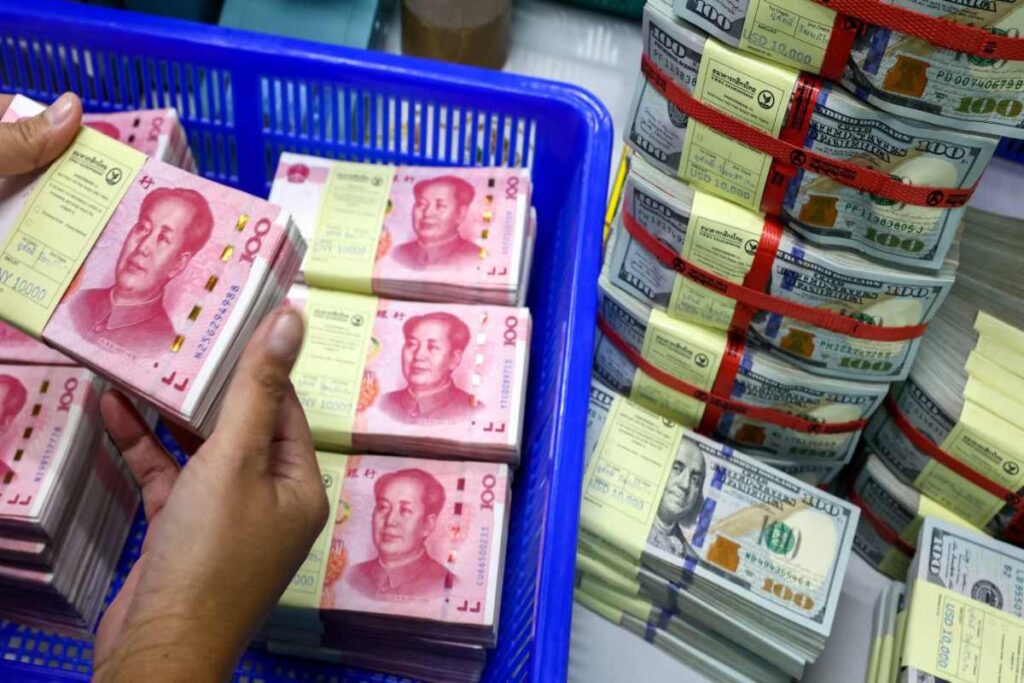China’s central bank and US Treasury officials met in Shanghai recently to deliberate on synergistic financial stability. The two world powers are making efforts to stress-proof their economies through collaboration.

This meeting is a rare example of world powers jettisoning their differences for the greater good.
A Meeting Between Rivals for the Sake of Financial Stability
The bilateral agreement between the two world powers is an output of last year’s visit by Treasury Secretary Janet Yellen to China. So, at the fifth convening of what the economic teams called the Financial Working Group, financial stability contacts were exchanged.

The contacts exchanges are individuals that the two countries agree the other can reach out to for insights in the case of financial stress.
ALSO READ: China’s Bond Market Intervention Signals Growing Concerns Over Financial Stability
The US Federal Reserve Makes an August Visit to China
A readout by the People’s Bank of China explained that “The People’s Bank of China and the US Treasury Department signed an exchange of notes on strengthening China-US financial stability cooperation.”
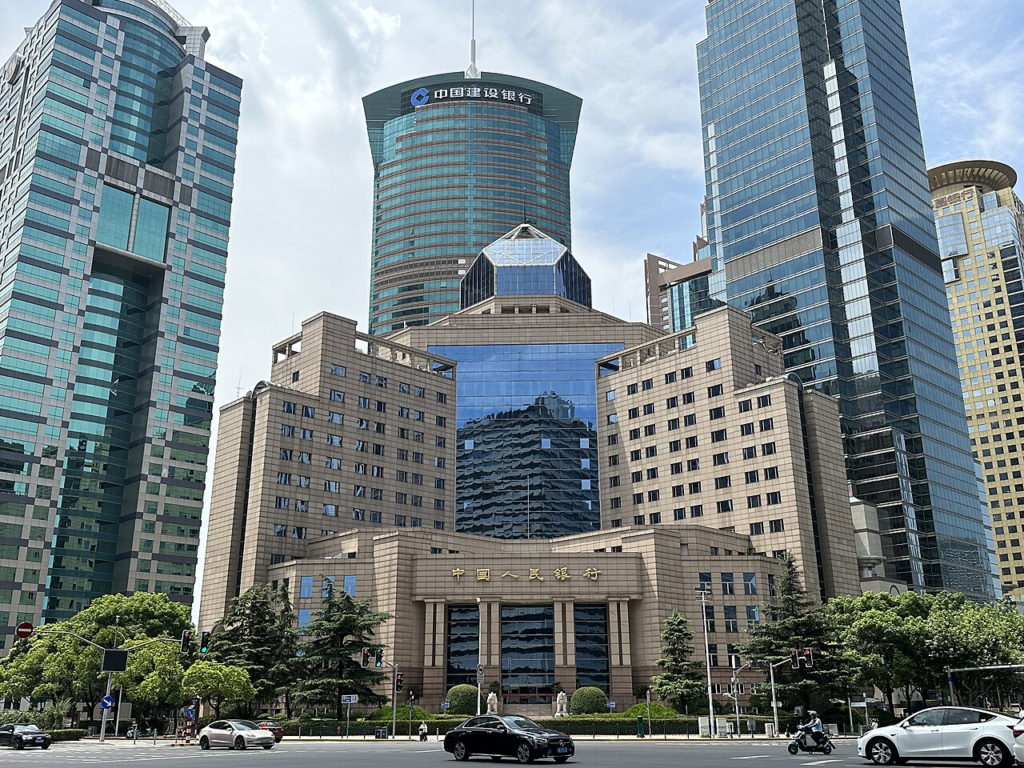
These collaborative sessions were held on August 15 and 16. The core of the meeting was to reach an agreement on the exchange of real-time data on financial events, which could help either of the two world powers get out of a financially precarious situation.
Chiefs of Two Apex Banks Sign an Agreement on Financial Stability
Senior officials of the US Federal Reserve and the PBOC attended the meeting. Assistant Secretary for International Finance Brent Neiman led the Feds, while PBOC Deputy Governor Xuan Changneng led the Chinese delegation.

The significant financial interaction that takes place between the two countries annually made the financial stability talks a top priority.
Financial Transactions Between the Two World Powers are Encountering Bottlenecks
The two groups laid their cards on the table to foster frictionless economic interactions between the US and China. The collaborative talks largely hashed out roadmaps on how to deal with capital market issues, cross-border payments, and overall financial stability.
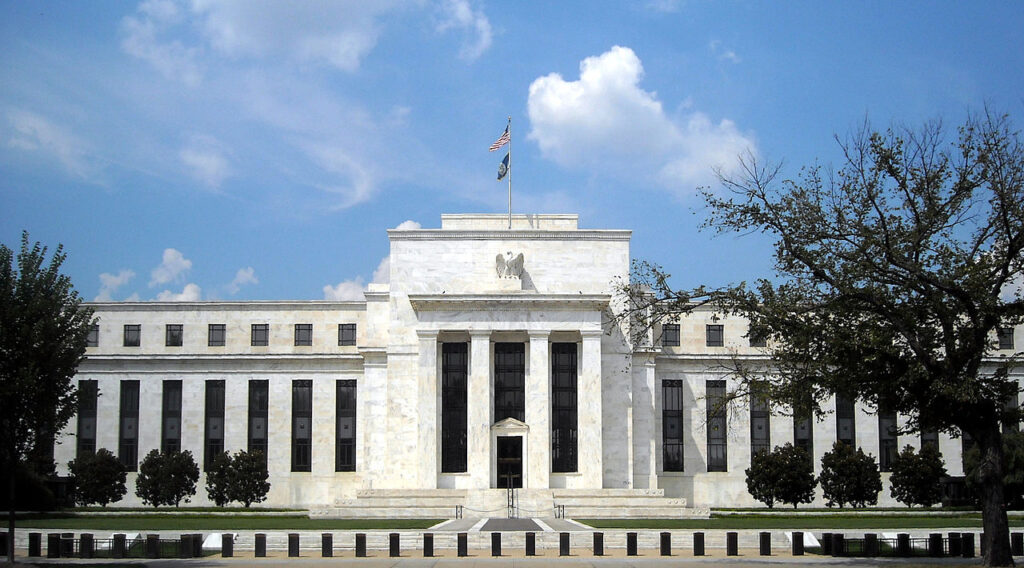
The meeting reached a climax after the PBOC and US Federal Reserve exchanged letters designating officials to contact when financial crises emerged.
Proposing Communication Channels To Help Eliminate Instability
The official establishment of these communication channels between the PBOC and the US Federal Reserve is an effort to nip the bureaucracy that may want to plague seamless financial communications and interactions between the two world powers.
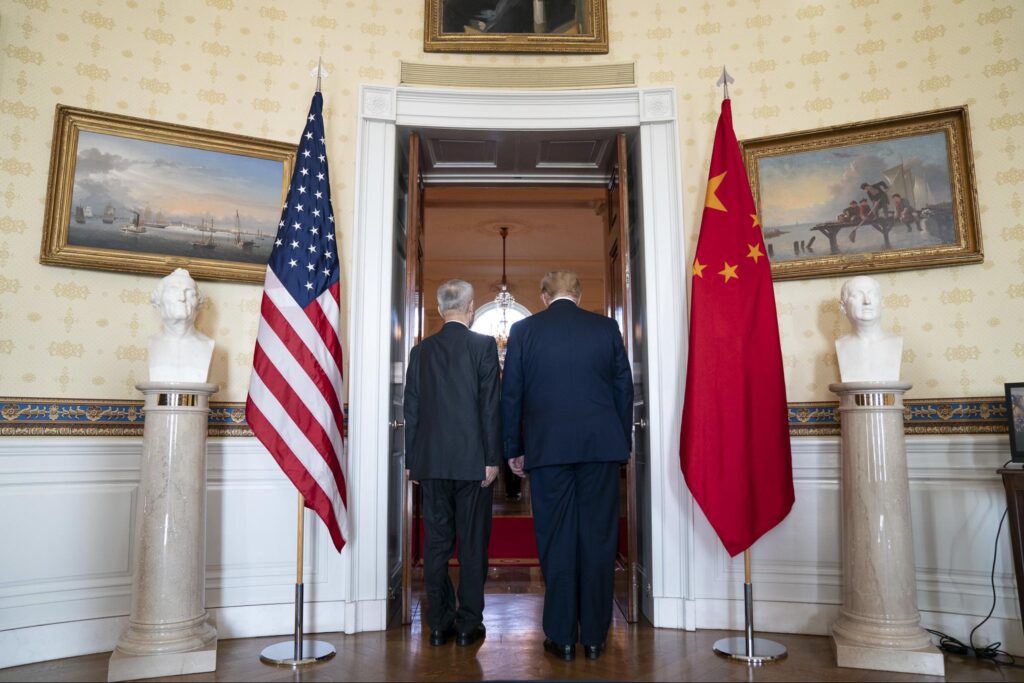
Of course, the meeting did not have all smiles and tea, as the PBOC readout infers that the deliberations were “pragmatic, candid and constructive.”
Compromises Without Breaking Down National Financial Standards
The two groups pointed out grey areas and proposed workable compromises that would promote economic recovery. The recent meeting would mark the fifth time the Chinese-American Financial Working Group would meet since its inception in September 2023.
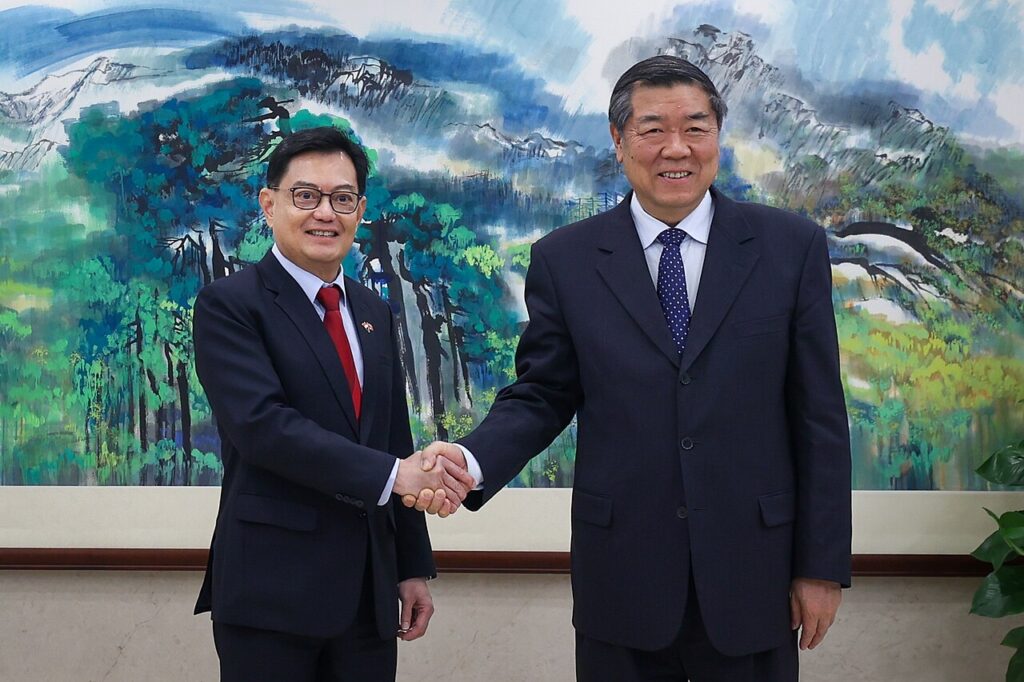
The initiative was instituted after Yellen visited China in 2023, during which she agreed with Chinese Vice Premier He Lifeng to collaborate further on financial stability.
Private Financial Institutions Also Participated in the Talks
Interestingly, public stakeholders were not the only contributors at the last Financial Working Group meeting. Also in attendance were private stakeholders, largely financial institutions, who participated in a roundtable discussion on topics like the carbon market and climate financing.
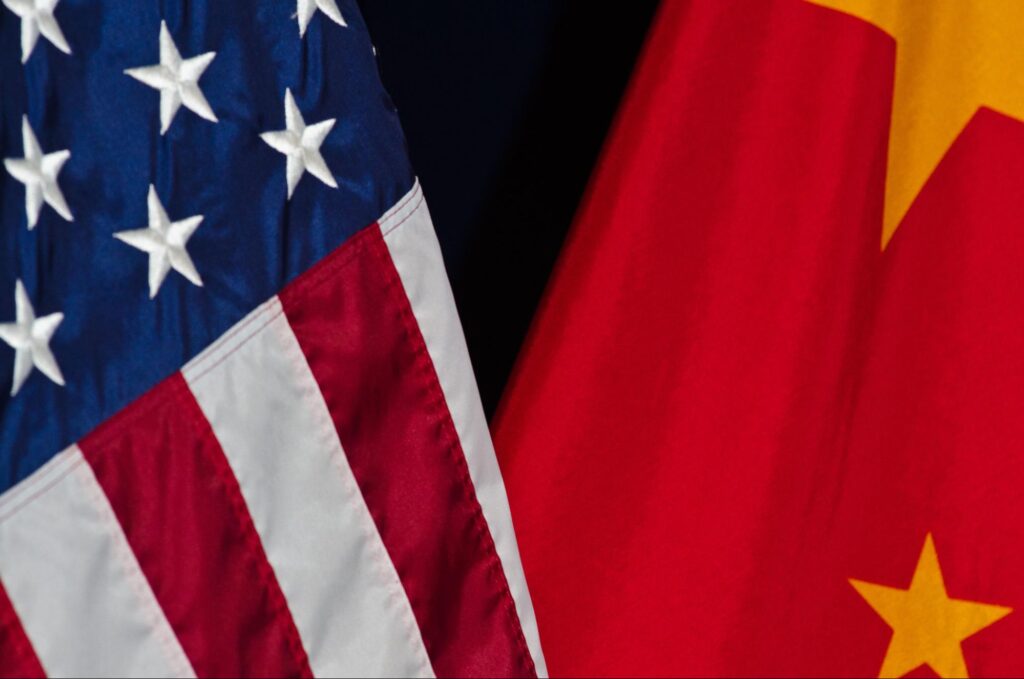
While no specifics were provided in the two teams’ readouts, the two teams proceeded to exchange letters of cooperation, which indicated the potential emergence of economic opportunities.
Does the US Have Any Agreements With China?
Trade between the United States and the People’s Republic of China has grown significantly over the past decade, so much so that their economies now overlap at multiple points. In addition to the recent financial stability meeting between the two apex banks, the US and China entered a trade agreement in 2020.
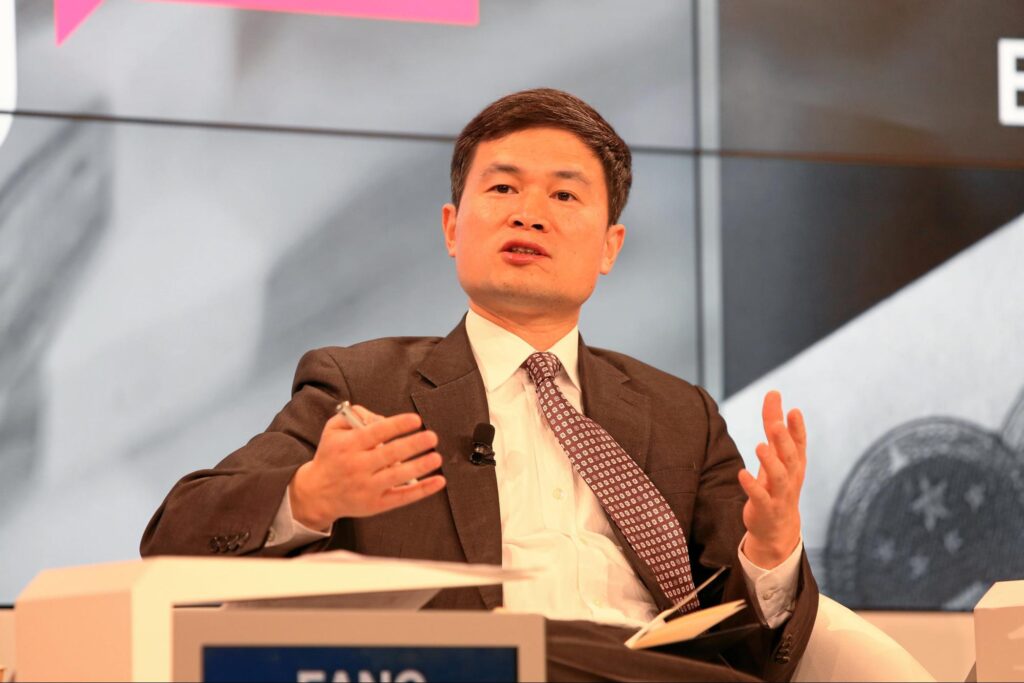
The deal was instituted to open up the naturally conservative Chinese economy in areas such as agriculture, technology transfer, and intellectual property.
How Is the Financial Sector Regulated in China?
Financial and banking activities in China were initially regulated by two parastatals, the China Banking and Insurance Regulatory Commission (CBIRC) and the China Securities Regulatory Commission (CSRC).
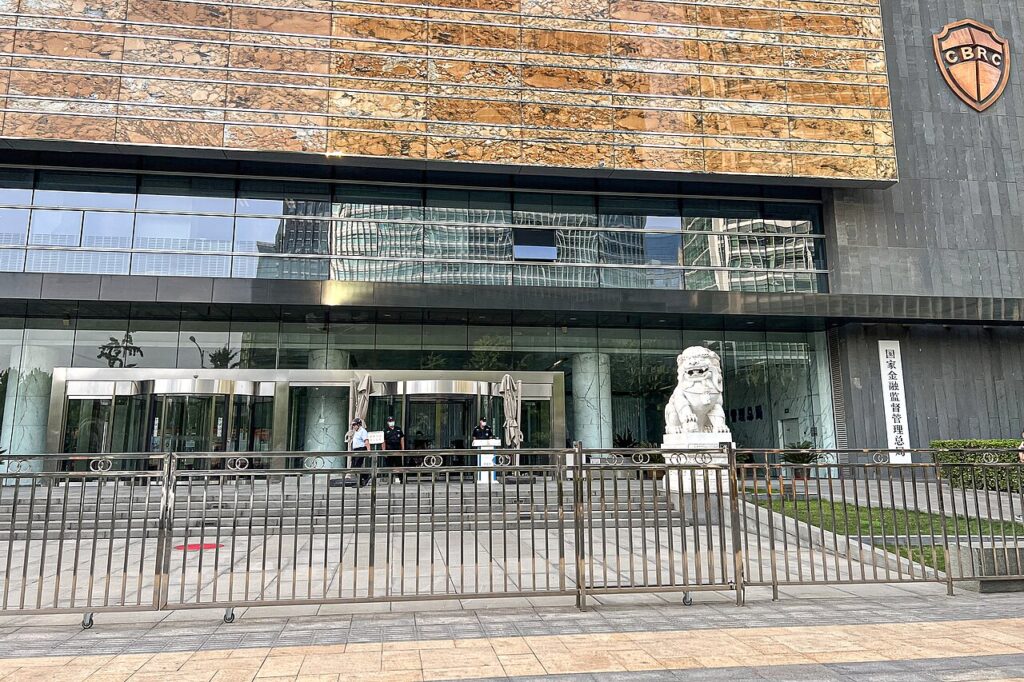
These two entities had the oversight of banks, insurance companies, security traders, and similar financial institutions operating in the country. However, the Chinese government set up the National Financial Regulatory Administration (NFRA) in 2023 to replace the CBIRC.
What is the Current Relationship Between China and the United States?
It is an open secret that China and the United States have a long-standing hegemonic rivalry. However, this does not hinder their trade and economic ties.
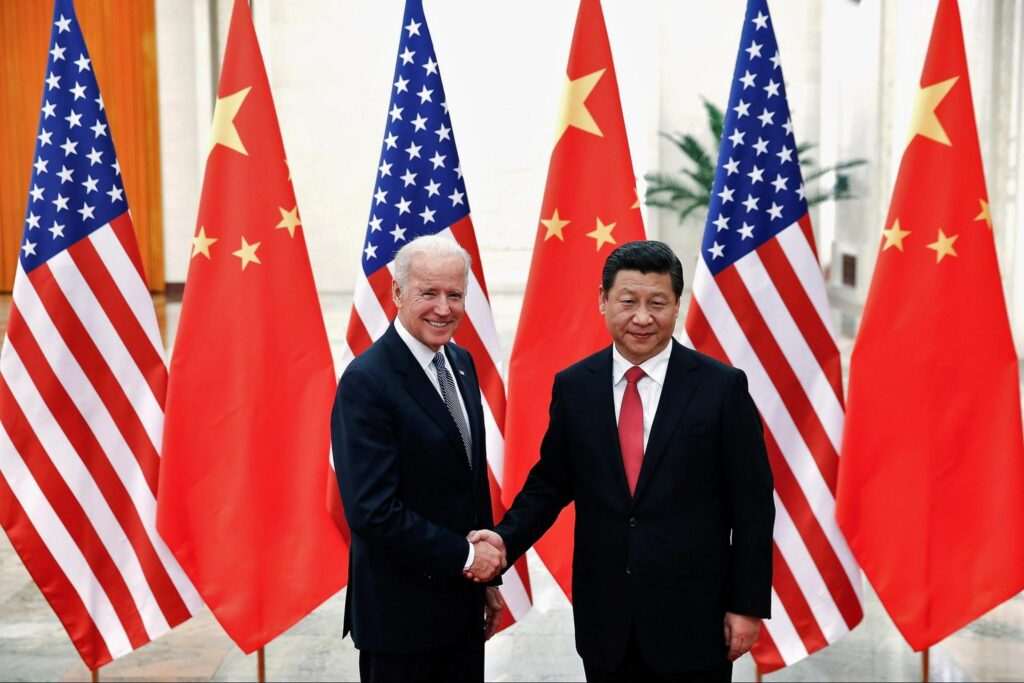
Judging by 2023 metrics, the US and China are the largest and second-largest economies, respectively. Financial analysts based this verdict on the two economies’ gross domestic product (GDP).
ALSO READ: China’s Move Away from the U.S. Dollar Signals Escalating Tensions
What is the US Agreement On One China Policy?
In simple terms, the ‘One China’ policy involves the tripartite relationship between the People’s Republic of China, Taiwan, and the United States. This agreement was first stated in the 1972 Shanghai Communique during President Richard Nixon’s visit to China.
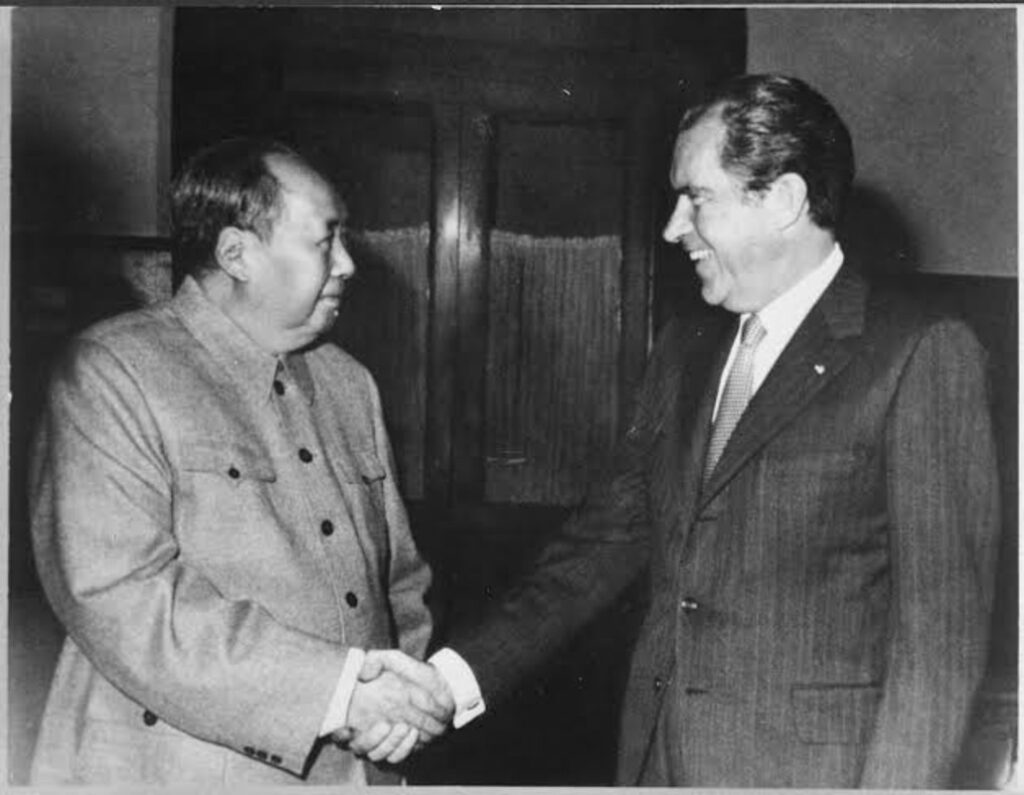
While China tries to affirm sovereignty over Taiwan and the latter’s affirmation of independence, the United States has subtly refused to acknowledge both entirely.
You Might Also Like:
Why Walgreens and CVS Are Struggling — and Their Plans to Turn It Around
Harris Advocates for Expanded Child Tax Credit of Up to $6,000 for Families with Newborns
China’s Bond Market Intervention Signals Growing Concerns Over Financial Stability
Goldman Sachs Lowers U.S. Recession Odds to 20% Following Retail and Jobs Data
Incoming CEO Brian Niccol Faces the Challenge of Fixing Starbucks’ Mobile App Issues

